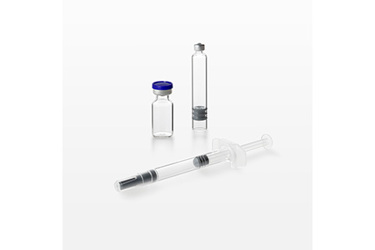How Glass Primary Packaging Is Rising To The Challenge Of Delivering Biologics
By Antony Vico Technical Customer Support & Quality Management Supervisor, Stevanato Group and Enrico Barichello Alba® Platform product manager, Stevanato Group

Biological drugs are revolutionising the healthcare market – providing treatment for diseases that were previously viewed as incurable. As a result, global biologic sales are expected to grow from a market size of $363 billion in 2019 to $492 billion by 2025. That represents an estimated Compound Annual Growth Rate (CAGR) of 6%, and a significant opportunity for pharmaceutical partners.*
At the same time, patients are increasingly being treated at home, thanks to the prevalence of user-friendly self-injection devices, such as auto-injectors, pen injectors and, wearables.
But these two trends add up to a challenge for the pharmaceutical industry as biologics are difficult to stabilize and administer due to their larger dosage and their complexity, sensitivity and viscosity.
Increasing attention is being paid to extractables – the substances released from drug packaging systems under stress such as high-temperature exposure. Tungsten, used during glass tip forming operations, is a particular problem as it can reduce drug efficacy and increase the risk of immunogenicity. When it comes to sensitive biologics, the concentration of extractables must be lowered as much as possible.
Get unlimited access to:
Enter your credentials below to log in. Not yet a member of Med Device Online? Subscribe today.
